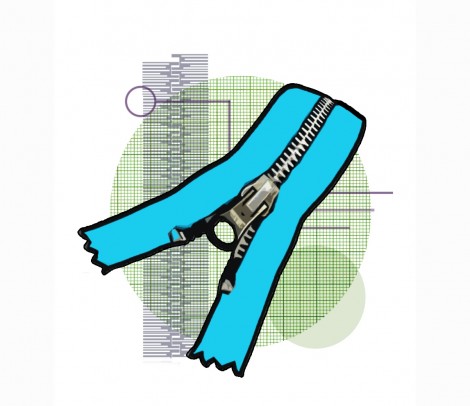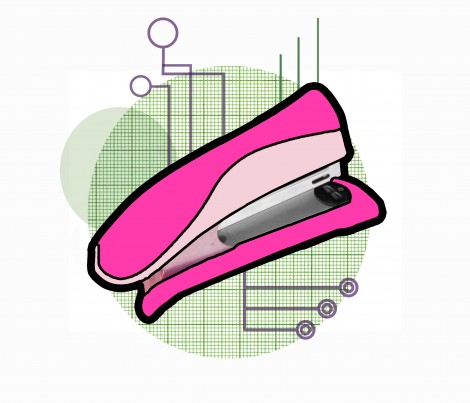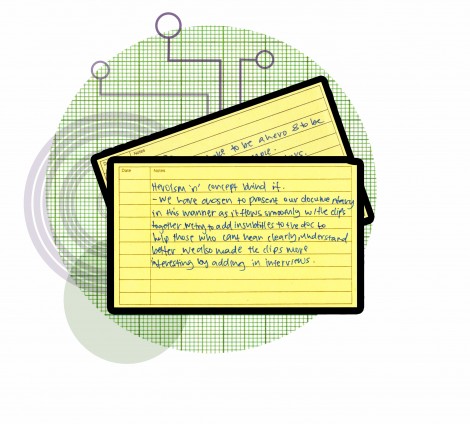The zipper
The humble zipper, the most common fastening device used on clothing, had a torturous early life. An early version was invented by Elias Howe but was shunned in favour of its creator’s bigger, flashier product: the sewing machine. The zipper then joined the illustrious ranks of novelties to be debuted at World’s Fairs — in this case the 1893 Chicago World Fair, in the form of a “clasp locker” by Whitcomb Judson. But it wasn’t until Gideon Sundback, working for Judson’s Universal Fastener Company, that the zipper became something akin to its current form. Sundback gave the zipper a whole new look, and it went on to become a raging success. You’ve probably got one on right now.
The ball bearing
Ball bearings make the world go round — or they would, if the earth were a man-made, wheeled device. The ball bearing was patented by Philip Vaughan in 1794 as part of a carriage design and by bicycle mechanic Jules Suriray in 1869. Suriray’s variant was an essential part of the winning two-wheeler in the world’s first bicycle race. The ball bearing is a true unsung hero, working behind the scenes in almost every form of mechanized transport and, most importantly, the yo-yo. So important are ball bearings that factories manufacturing them were some of the most frequent German targets of Allied bombing in World War II.
The stapler
Are you, like The Varsity’s staff, chronically unable to find your stapler? You’re in good company. The first person to own (and therefore probably the first to misplace) a stapler was Louis XV — the one between Louis the Sun King and the Louis that got his head chopped off in the French Revolution. The four-way stapler (the type you’re probably hunting around the house to try to find) was developed as recently as 1941. That makes it younger than its upstart rival, the stapleless stapler, invented in 1910. “Stapler” is also a fairly common Norman family name — so don’t expect that boy or girl you were dating to be inheriting an office-supply fortune anytime soon.
The cue card
When you’re writing that big speech you’re planning to give to your flatmate about washing the dishes, or to your tutorial group about the failings of the nation state, or to your stuffed animals in preparation for pillow-fort domination, nothing jogs your memory like a well-executed cue card. The late actor John Barrymore, grandfather of rom-com favourite Drew Barrymore, was among the first to use them in order to remember lines on stage in the 1930s. The cue card has failed to keep pace with its more technologically advanced rival, the teleprompter. Still, for those of us that aren’t newscasters or presidents (but want to feel just as grave and important), there’s no beating the cue card.
The scrunchie
You may not have realized this, but scrunchies are the world’s great leveller. Whether you’re a big-shot business executive or a broke university student, the same crinkle-fabric wonder keeps your ponytail in place in your down time. The scrunchie began life as the creation of one Rommy Revson in the ‘80s, though the design was only patented in 1994 after a good deal of wrangling — of the legal, not the untangling-knotted-hair, variety. Sure, scrunchies aren’t always a hot fashion choice; they had their heyday in the ‘80s and early ‘90s. But for those moments when an ordinary office-variety rubberband just won’t cut it, look no further than the ordinary scrunchie.






